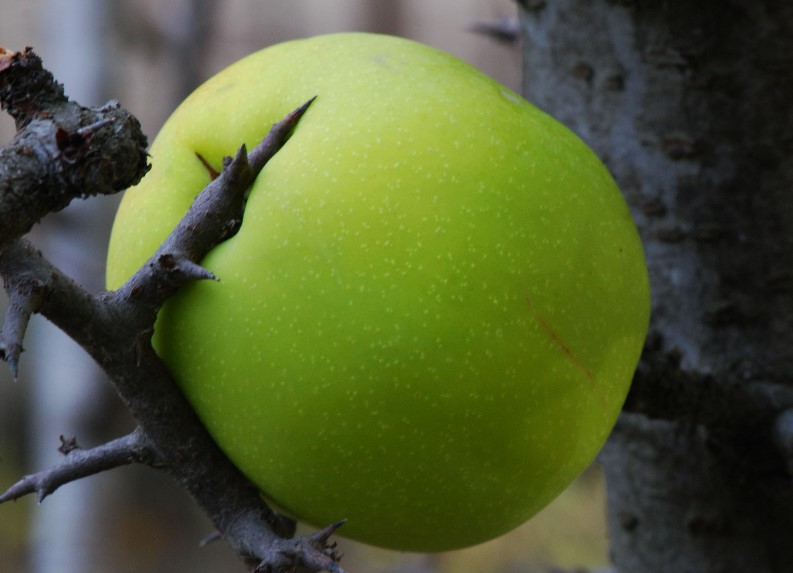Crops in succession planting is a good way to make the most of your precious garden space. Sometimes it means several successions of the same crop. However, in the small plan, there is a spring carrot crop planted together with radishes to shade the carrot seedlings, then a summer carrot crop planted in another spot to mature in the fall.
There are also early and late beet and lettuce crops in different locations. The early crop of bush beans is harvested, and then a second crop is planted in the same spot. The longer the growing season in your area, the more successions of the same crop you can have.
Therefore, the other way to plant succession is to have a late crop of one vegetable follow an early crop of another. In a cool-weather spring, crops such as peas, lettuce, or turnips can then be followed by crops that do well late in the season, such as escarole, cabbage, or broccoli.
Several gardeners do not realize that there’s a whole group of vegetables that can be planted in late summer to mature in time for the fall harvest: Brussels sprouts, broccoli, Chinese cabbage, parsnips, carrots, peas, radishes, turnips, spinach, Swiss chard, bush beans, and kale, to name some.
Sometimes you can find started plants in garden centers in the summer, but for good variety, you usually have to grow them from seed starting in June or July. Some gardeners even have luck sowing seeds of certain crops just before frost so that they will be ready to sprout when the ground thaws, even if it is too wet to be worked. Lettuce, radishes, beets, onions, and spinach are some you might try this way.
In the large garden plan, there are many such successful plantings, and you will no doubt find good combinations of your own. You will notice that some crops do not succeed with each other but stay in the same place all season, such as eggplant and peppers. But even these crops that take a long time to mature can be part of successions in a climate with a longer growing season.
You need to pay attention to the needs of each vegetable as outlined in the section on each and allow plenty of time for the crop to mature before frost if it is not frost hardy, or before hot weather if it is not heat-tolerant. For example, if you live in a very warm climate, you will grow your cool-weather crops such as lettuce, peas, radishes, spinach, Brussels sprouts, cabbage, cauliflower, kale, and Swiss chard right through the winter, then follow them with warm-weather crops like okra, sweet potatoes, eggplant, and tomatoes.

Also, read: Chan Chan! The World’s Largest Adobe City in Peruvian Region






